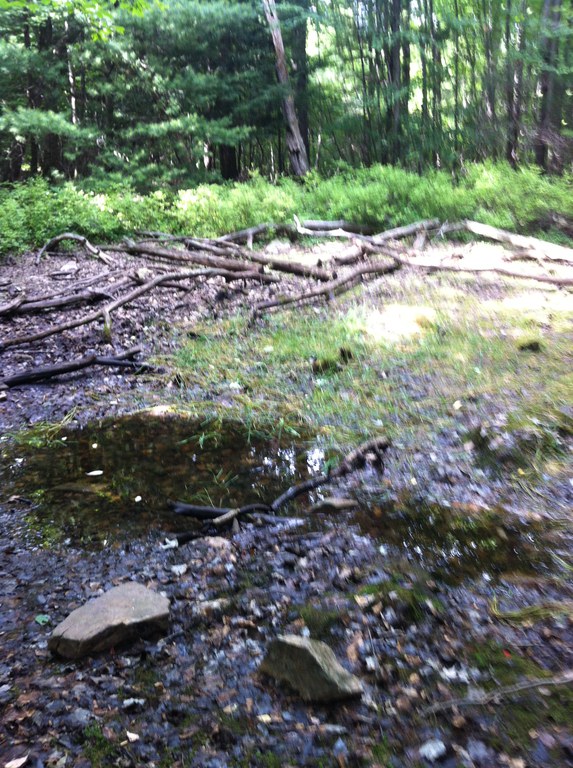Posted: February 23, 2017
Highlights • We developed a Browse Extension to simulate effects of ungulates on the growth and survival of plant species cohorts. • The capabilities of the extension were explored via case studies in the Allegheny National Forest and Isle Royale National Park, USA. • In both model applications, browsing reduced total aboveground live biomass and caused shifts in forest composition. • Simulations that included effects of browsing resulted in successional patterns that were similar to those observed in the study regions. • Neglecting effects of browsing when modeling forest succession may result in flawed predictions of forest biomass and composition in some ecosystems.
Highlights
• We developed a Browse Extension to simulate effects of ungulates on the growth and survival of plant species cohorts.
• The capabilities of the extension were explored via case studies in the Allegheny National Forest and Isle Royale National Park, USA.
• In both model applications, browsing reduced total aboveground live biomass and caused shifts in forest composition.
• Simulations that included effects of browsing resulted in successional patterns that were similar to those observed in the study regions.
• Neglecting effects of browsing when modeling forest succession may result in flawed predictions of forest biomass and composition in some ecosystems.
Simulating ungulate herbivory across forest landscapes: A browsing extension for LANDIS-II
- Nathan R. De Jagera,
- Patrick J. Drohanb,
- Brian M. Mirandac,
- Brian R. Sturtevantc,
- Susan L. Stoutd,
- Alejandro A. Royod,
- Eric J. Gustafsonc,
- Mark C. Romanskie
Abstract
Browsing ungulates alter forest productivity and vegetation succession through selective foraging on species that often dominate early succession. However, the long-term and large-scale effects of browsing on forest succession are not possible to project without the use of simulation models. To explore the effects of ungulates on succession in a spatially explicit manner, we developed a Browse Extension that simulates the effects of browsing ungulates on the growth and survival of plant species cohorts within the LANDIS-II spatially dynamic forest landscape simulation model framework. We demonstrate the capabilities of the new extension and explore the spatial effects of ungulates on forest composition and dynamics using two case studies. The first case study examined the long-term effects of persistently high white-tailed deer browsing rates in the northern hardwood forests of the Allegheny National Forest, USA. In the second case study, we incorporated a dynamic ungulate population model to simulate interactions between the moose population and boreal forest landscape of Isle Royale National Park, USA. In both model applications, browsing reduced total aboveground live biomass and caused shifts in forest composition. Simulations that included effects of browsing resulted in successional patterns that were more similar to those observed in the study regions compared to simulations that did not incorporate browsing effects. Further, model estimates of moose population density and available forage biomass were similar to previously published field estimates at Isle Royale and in other moose-boreal forest systems. Our simulations suggest that neglecting effects of browsing when modeling forest succession in ecosystems known to be influenced by ungulates may result in flawed predictions of aboveground biomass and tree species composition.


